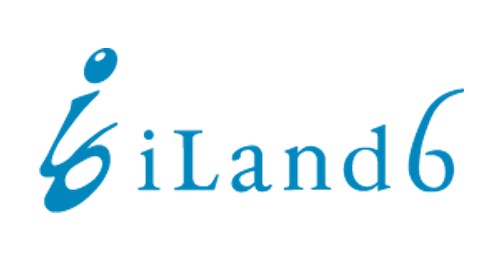現在の日本のアベノミクスは、3本の矢(行動の段階)に基づいています。
1 積極的な金融緩和
2 大規模な財政出動
3 構造改革
第1段階と第2段階は迅速に実施され、2013年には経済にシュガーラッシュをもたらした。 しかし、欧米の報道機関の専門家の多くは、第3の矢がすぐに、強力に、あるいは全く発射されないのではないかと疑っている。 構造改革には政治資金が必要であり、与党である自民党は既得権益層の足元をすくうことに躊躇するだろうと考えているからだ。
だからこそ、旧友の里見直紀さんに会ったとき、違う話を聞いて嬉しくなった。里見さんは、日本の電気事業に特化したコンサルティング会社であるネットリサーチ株式会社の副社長兼CTOである。 「現政権は、エネルギー分野の改革に向けて積極的に準備を進めています」と里見さんは言う。 「東京電力は、東日本大震災とそれに続く福島第一原子力発電所の事故以来、国の管理下に置かれています。 東京電力は、東日本大震災と福島第一原子力発電所の事故以来、国の管理下に置かれています。 東京電力は、東日本大震災と福島第一原子力発電所の事故以来、国の管理下に置かれている。 日本の地域電力会社10社は、2024年までに合計8,000万世帯にスマートメーターを導入することを決定しました。”
第3の矢は、まだまだ舞い上がるかもしれませんね。
Japan’s current Abenomics is based on three Arrows, or phases of action:
1 Aggressive monetary easing
2 Large-scale fiscal stimulus
3 Structural reform
Phases 1 and 2 were implemented quickly, and provided a sugar rush to the economy during 2013. But, most pundits in the Western press have been skeptical the 3rd arrow will be shot soon, strong, or at all. The thought is that structural reform costs political capital, and the ruling LDP will be reticent to step on the toes of its vested interests.
That’s why I was pleasantly surprised to hear a different story when I met my old friend Naoki Satomi. Satomi-san is VP and CTO of Net Research, Inc, a boutique consultancy focused on Japan’s electric utility field. “The current government is making aggressive preparations for reform of the energy field”, he told me. “Tokyo Electric Power (TEPCO) has been under control of the national government since the Tohoku earthquake and subsequent Fukushima nuclear crisis. The government is using this leverage to push a reform agenda. This will include detachment of energy power generation from electricity transmission and distribution, and broad implementation of Smart Grid demanding new approaches to IT infrastructure. All 10 of Japan’s regional power utilitities have decided to deploy smart meters to a total of 80 million households by 2024.”
The 3rd arrow may yet soar!



